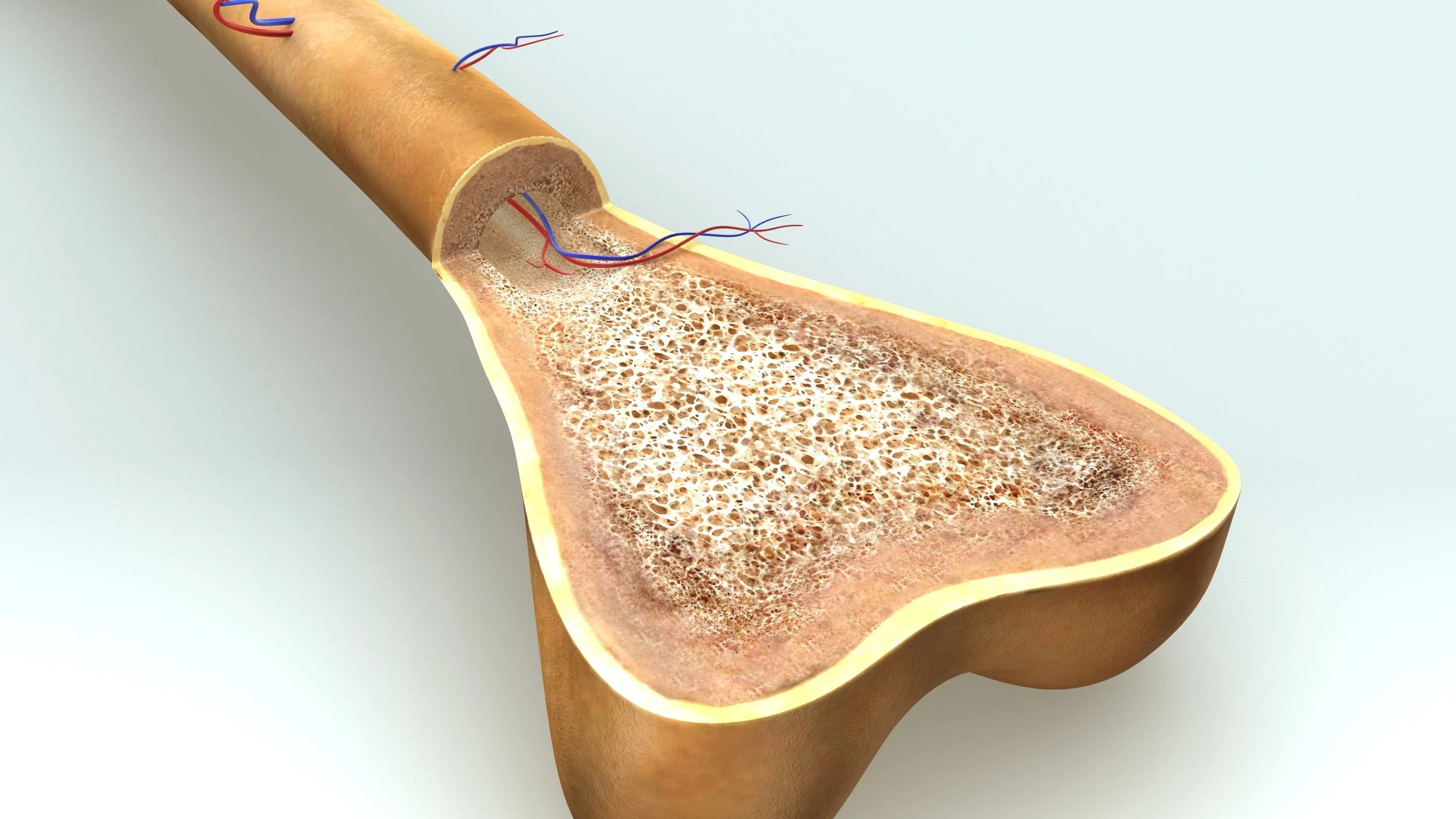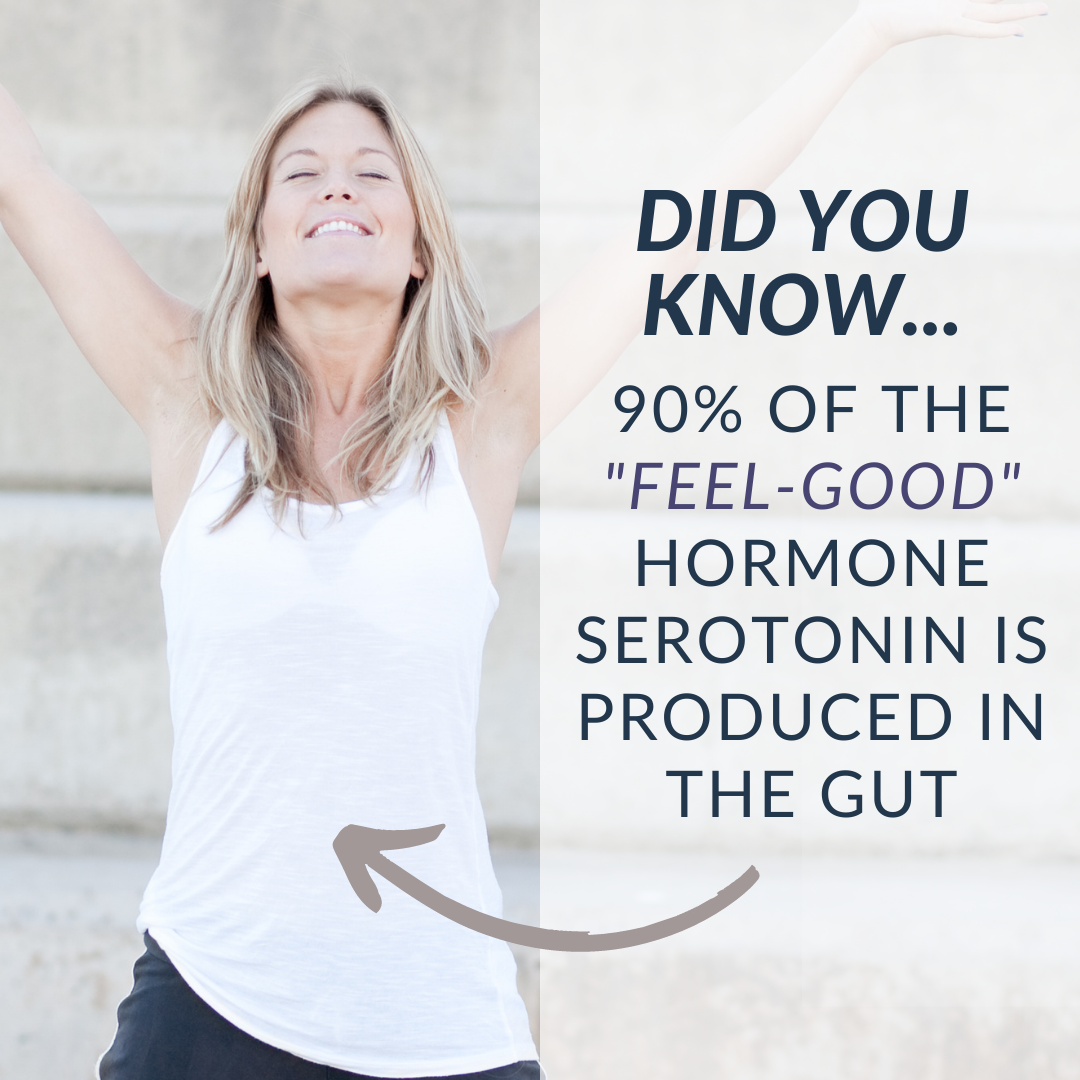Give Your Immune System a Break
Long-term immunity is built as the immune system becomes stronger by reacting to bacteria, fungi, parasites, and viruses that pose a threat to our health. By severely restricting our exposure to these microbes by regularly sanitizing our environment, we risk the lack of creating our usual natural immunity to common bacteria and viruses.
Emotions also have a profound impact on our immunity. Loneliness, stress (particularly chronic stress), and depression can lower our resilience to these same microbes. The lifestyle changes, isolation, and financial insecurity of the pandemic have not only affected our daily lives, but they have also impacted our immunity and overall health.
Supporting our natural immunity needs to be at the top of our minds right now as we prepare for the cold and flu season, along with the ongoing threat of viruses. By focusing on what we can control (i.e., being in top physical condition with sharp mental health), we can maintain a strong first line of defense during these challenging times.
Lifestyle Habits that Support a Healthy Immune System
When it comes to strengthening and supporting a healthy immune system, aim for improvement, not perfection. Trying to achieve perfectionism at a time like this will only create more stress, which (as we know) directly and negatively impacts immunity. So be kind to yourself and try one or more of these lifestyle recommendations at a pace that works for you.
1. Practice Hand Hygiene
Continue to regularly wash your hands properly to prevent spreading germs. Regular hand washing with natural soap and water when leaving and entering your home or workplace is a great primary strategy when it comes to protecting yourself and your family from contracting a seasonal illness or Covid-19 infection, and no harsh chemicals are necessary. Hand sanitizer is meant to be your back up, and it shouldn’t replace normal handwashing when available.
2. Practice Mindfulness Meditation
Focusing on the present moment can greatly reduce the stress that threatens immunity. There are many free online resources and guided meditations that can help you get started. A simple practice you can start today is to concentrate on your breath for 5 minutes each day upon waking; this is a form of mindfulness meditation.
3. Get The Sleep You Need
Sleep is paramount to maintaining a healthy immune system, as the body performs many of its maintenance functions during the sleep cycle. Aim to get a minimum of 7 hours of quality sleep each night. We recommend starting the practice of good sleep hygiene by going to bed at the same time every day, avoiding any screen time 1 hour before bed, and sleeping in a cool, dark, quiet room.
4. Stay Active
Regular physical activity greatly helps to reduce stress and increases blood flow. In fact, a 2019 study showed how exercise mobilizes immune cells throughout the body to fight invading pathogens and reduce inflammation. Exercise also helps slow the effects of aging to keep the immune system strong. Aim to get at least 30 minutes of daily, moderate exercise to give your immune system the support it deserves. Going for a walk, a jog, or a bike ride, performing light strength training, or working out with an online fitness video are all great ways to stay active.
5. Stay Hydrated
Staying hydrated is extremely beneficial, yet all too often it is overlooked. Water is the vehicle that assists vitamins to move between cells and helps those cells to detoxify while you sleep. Water flushes all the bad stuff out of your lymphatic and urinary systems. Being properly hydrated helps your immune system and strengthens your body’s main germ barrier — your skin, while helping to build strong hair and muscles. Aim to drink at least eight to ten 8-oz glasses of clean, fresh, preferably filtered water every day. If you aren’t a fan of water, then try adding a bit of lemon or lime, or both, which have immune-supportive and detoxifying properties in addition to being quite tasty.
6. Eat Foods that Your Body Needs
Providing our bodies with the vitamins, minerals, and enzymes that our cells need daily helps to keep inflammation at bay and supports our immunity. Eat a wide variety of fruits, vegetables, lean proteins, and whole grains. Eat fermented foods, too, as they are rich in probiotics and enzymes that enhance gut health, which in turn supports healthy immunity. Limit processed foods (or ideally, eliminate them altogether). This includes refined sugar, sulfates, and foods laden with chemical additives and low-quality oils, in addition to avoiding alcohol.
7. Do Something You Love
The “new normal” has caused a shift in what our daily lives look like. Added responsibilities have been placed on individuals, as we try to manage the hurdles the pandemic has brought to our lives. Despite this, finding something you love to do, and dedicating time to it every week, or even every day, can help you add more joy to your life. Studies show that smiling can activate the release of neuropeptides that help fight off stress. Making the conscious intent to do something you love and committing to it can greatly reduce stress and release those feel-good immune-supporting endorphins.
Supplements that Support Immune Health
1. Probiotics
Probiotics contribute to healthy gut flora, which is paramount to good health, especially when you consider that 70% of the immune system is housed in the gut, and the mucous membrane of the digestive system is one of the main barriers we have against pathogens. You can directly help to create an environment in your body that soothes inflammation and fights infection for optimal digestive function maintenance by supporting your gut flora and following a healthy diet.
2. Vitamin D
Research has shown that adequate vitamin D levels are crucial to good health. Vitamin D plays many roles in the body. Vitamin D supports the immune system, promotes a healthy inflammatory response, and supports a healthy mood. The prevalence of vitamin D deficiency is known to occur in individuals with autoimmune disease, and more than half of North Americans don’t get enough vitamin D. Extended time indoors, lack of sunlight during the winter, and an imbalanced diet can all contribute to vitamin D deficiencies for which supplementation is highly recommended.
3. Vitamin C
Vitamin C is an essential nutrient, meaning that the body is not able to create it, and it must come from the diet. It is a powerful antioxidant, helping to protect cells from damaging free radicals.
4. Zinc
Zinc is a mineral that plays many roles in supporting immune health and function.
5. Garlic
Garlic is a pungent culinary herb, and its use in supporting the immune system is honored by time and science alike. Although eating garlic every day in the amounts needed to have a noticeable effect on immune health may not be realistic (think nose clip), taking an odorless supplement can be an effective measure.
6. Elderberry
Elderberry, particularly elderberry syrup, is a potent herbal remedy that supports immune function. Elderberry isn’t meant to be taken daily as a supplement. Rather its properties are most supportive when taken only when needed and as soon as possible at the first sign of feeling rundown due to occasional stress.
7. Glutathione
Glutathione is the body’s Master Antioxidant and provides numerous immune system benefits. The main problem with glutathione supplements in general is that they don’t work, that is, they are oxidized and in their dormant state in supplement form. The other issue is that glutathione supplements in powder or drink forms get digested and broken into its three amino acid components. VARS Glutathione from Physician Designed is the only glutathione supplement that provides reduced or active glutathione in a transmucosal way. Get a bottle to have on hand the next time you get sick, or better yet, take it to help avoid getting sick!
You’ve Got This!
Staying on top of immune health is extra important. By being proactive and taking the precautionary measures that help to protect and support your healthy immune system, you can be prepared.
If you are feeling run down and would like to discuss a tailored action plan to help keep your body functioning at its best, give us a call, we can help.
References
1. Aranow C. Vitamin D and the immune system. J Investig Med. 2011;59(6):881-886. doi:10.2310/JIM.0b013e31821b8755.
2. Carr AC, Maggini S. Vitamin C and immune function. Nutrients. 2017;9(11):1211. doi:10.3390/nu9111211.
3. 2020-2021 Flu Season Summary. Centers for Disease Control and Prevention. Updated October 25, 2021. https://www.cdc.gov/flu/season/faq-flu-season-2020-2021.htm. Accessed December 17, 2017.
4. Finlay BB, Amato KR, Azad M, et al. The hygiene hypothesis, the COVID pandemic, and consequences for the human microbiome. [Erratum in: Proc Natl Acad Sci U S A. 2021;118(11):e2102333118]. Proc Natl Acad Sci U S A. 2021;118(6):e2010217118. doi:10.1073/pnas.2010217118.
5. Firth J, Gangwisch JE, Borisini A, Wootton RE, Mayer EA. Food and mood: how do diet and nutrition affect mental wellbeing? [published correction appears in BMJ. 2020; 371:m4269]. BMJ. 2020;369:m2382. doi:10.1136/bmj.m2382.
6. Cole SW, Capitanio JP, Chun K, Arevalo JMG, Ma J, Cacioppo JT. Myeloid. Proc Natl Acad Sci U S A. 2015;112(49):15142-15147. doi:10.1073/pnas.1514249112.
7. The hygiene hypothesis, the COVID pandemic, and consequences for the human microbiome. Proc Natl Acad Sci U S A. 2021;118(6):e2010217118. doi:10.1073/pnas.2010217118.
8. Saper RB, Rash R. Zinc: an essential micronutrient. Am Fam Physician. 2009;79(9):768-772. https://pubmed.ncbi.nlm.nih.gov/20141096/.
9. Seaward BL. Managing Stress: Principles and Strategies for Health and Well-Being. Sudbury, MA: Jones and Bartlett; 2009:258.















